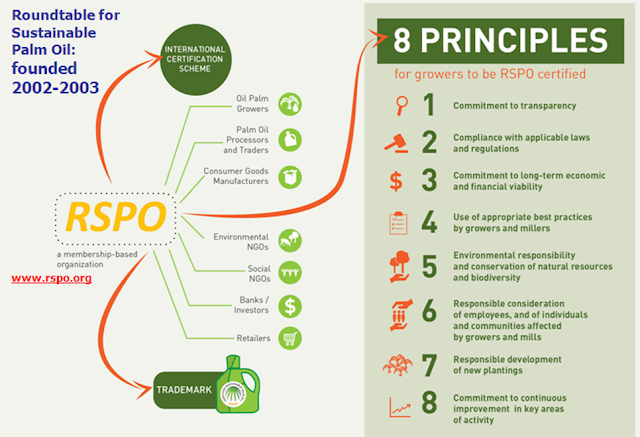The Shareholder Value Approach
n Historically
strong in the UK and USA
n Sees
the firm as the private property of its owners
n Managers
should serve needs of customers and shareholders
n Links
to the concept of competitive advantage
n Customer
needs come first
n Profits
are gained by satisfying these needs
n Shareholder
needs are satisfied by dividends and capital growth
Changing Shareholder Expectations of Value over Time
Life Cycle of a Business
n Start
Up
n Finance
comes from venture capitalists, banks etc
n Backers
hope for high growth in capital value; no dividends
n Growth
n Growth
equity investors buy out the venture capitalists
n Backers
expect moderate to high capital growth; no dividends
n Maturity
n Public
limited company, shares traded on stock market
n Backers
expect dividends and hope for some capital growth
n Decline
n Capital
value declines and the firm can no longer pay dividends
The Stakeholder Value Approach
n Instrumental
form: embraces economic interest groups
n Trading
partners
n Financiers
and shareholders
n Board
of directors, top management teams and employees
These are de Wit and Meyer’s primary stakeholders (Handout
p. 274)
n Normative
form: also embraces groups with wider social or environmental interests
n Governments
n Community
groups
n Environmental
activists and/or human rights protesters
These are de Wit and Meyer’s secondary stakeholders (Handout
p. 274)
Balancing Shareholder and Stakeholder Values:
The Triple Bottom Line
n People
n Planet
n Profits
An important agenda for the UN and NGOs
n Brundtland
Report (1987) Our Common Future
n John
Elkington (1997) Cannibals with Forks
n UN
Global Compact (2000): Businesses are invited to sign up to 10 principles
relating to human rights, labour, environment and corruption
(Lawrence
and Beamish 2013: source text for Coursework Component Two case study)
The 10 Principles of the UN Global Compact
n Principle
1: Businesses should support and respect the protection of internationally
proclaimed human rights; and
n Principle
3: Businesses should uphold the freedom of association and the effective
recognition of the right to collective bargaining;
Principle
10: Businesses should work against corruption in all its forms, including
extortion and bribery
Corporate Social Responsibility
n Moving
beyond compliance with laws and benchmark standards
n Distinctive
mission and values integrated with management practice
n Differing
stakeholder interests reconciled
n Reputation
with consumers enhanced by evident care for human rights and dignity, workforce
welfare and ecological sustainability
n Relationships
with governments strengthened by positive contribution to national economic and
social development
Key differences between levels of social innovation (Frynas and Mellahi 2011: 394)
Strategic planning
|
Investment
|
Example
|
|
In-market Innovation
|
Short term
|
Small- to medium-scale funding
|
Petroleum company develops low-emission fuel
|
New Market Creation
|
Medium term
|
Medium- to large-scale funding, may involve new
resources/capabilities
|
Shell’s
investments in solar energy
|
Leadership
|
Long term
|
Large-scale funding, requires new resources/capabilities
|
BP’s initiative to combat climate change
|
Identifying Stakeholders
(Adapted from HARRISON J.S. (2003) Strategic Management of Resources and Relationships. Chichester: Wiley, p. 37)
Stakeholders of Shell International
(Frynas and Mellahi 2011: 385)
Analysing Stakeholder Interactions
n Identify
the strategic issue and the facts of the case
n Generate
a range of options for managing the problem
n Identify
the stakeholders who have a direct interest in the outcome
n Analyse
the nature of each stakeholder’s interest and decide how to manage the firm’s
interactions with this player on this issue
Consider:
n What
is the nature of each group’s interest in the case?
n Do
they all agree on ‘the facts’?
n Which
are critical, and which are supportive, of the management’s current approach?
What values do they express in justifying their positions?
n For
each group, ask how much influence it is likely to have over the outcome: is it
n Internal/Connected/External
to the organisation?
n Strong
or weak in its Power/Influence?
n Intensely
or only casually interested in the outcome?
Stakeholder Mapping: The Mendelow Grid




No comments:
Post a Comment